Your sample cart is empty
Legislation and regulation
Europe has clear rules for packaging and waste. These rules aim to help us produce less waste, recycle more and protect the environment.
The gist, companies are responsible for the impact of their packaging. That means, as little waste as possible, as much reuse and recycling as possible.
Why do these rules exist?
The EU wants resources to be used more smartly and waste to become a valuable raw material. That is why the principle applies that everyone contributes to preventing and cleaning up waste.
The EU has set clear targets:
-
2025: at least 55% of all municipal waste must be recycled
-
2030: 60%
-
2035: 65%
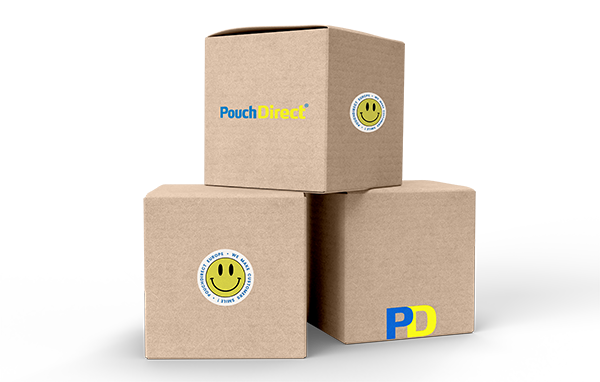
Belangrijkste uitgangspunten van de Europese afvalrichtlijn
The directive promotes smart and responsible use of materials. Key pillars are:
- Producer responsibility (EPR) – Companies actively contribute to reducing, reusing and recycling packaging.
- Waste hierarchy – First prevent waste, then reuse, then recycle, then recover energy, and only as a last resort landfill.
- Waste as a resource – A material gets a second life when it is widely used, in demand on the market, technically and legally suitable, and has no negative impact on people or the environment.
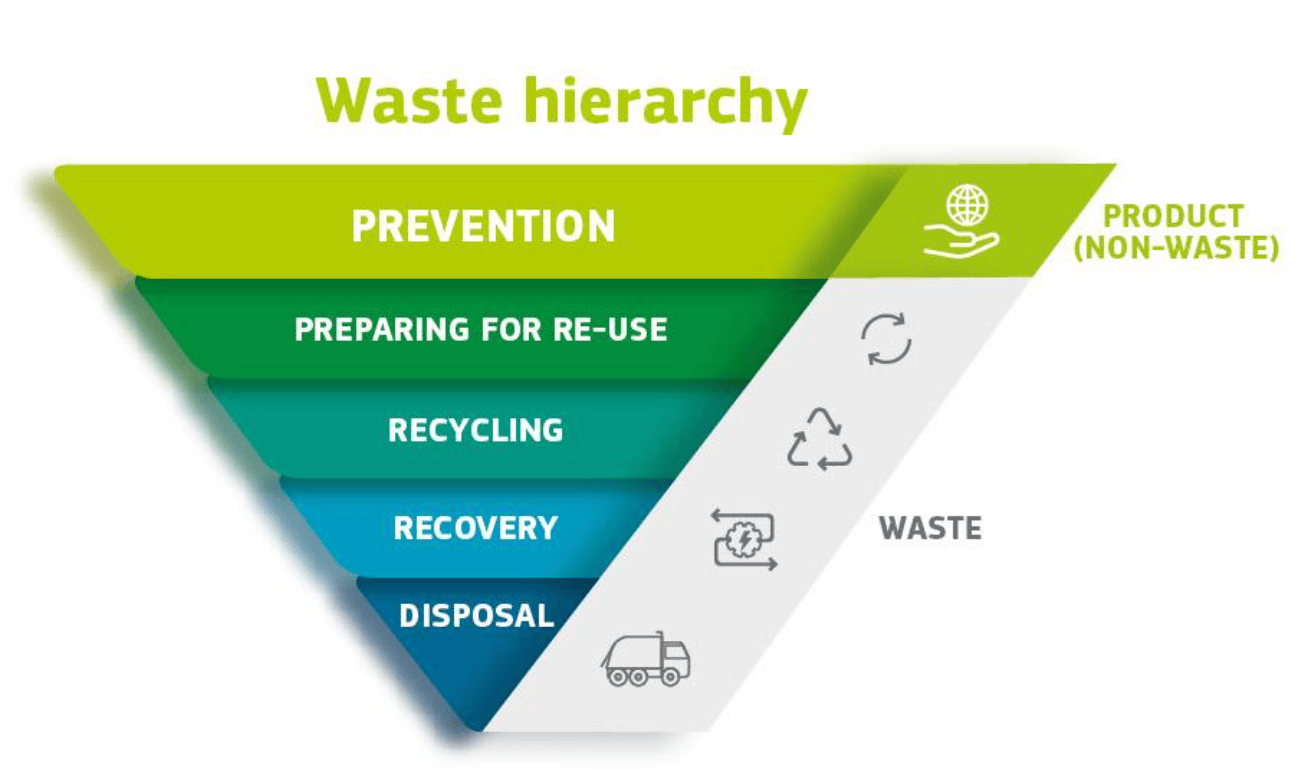
Key packaging rules at a glance
- From 1 January 2030, all packaging in the EU must be at least 70% recyclable (class C).
- From 1 January 2038, this rises to at least 80% recyclable (class B).
In addition:
- Packaging must be easy to separate for recycling
- There are maximum percentages for empty space in packaging
- Certain types of packaging must be reusable
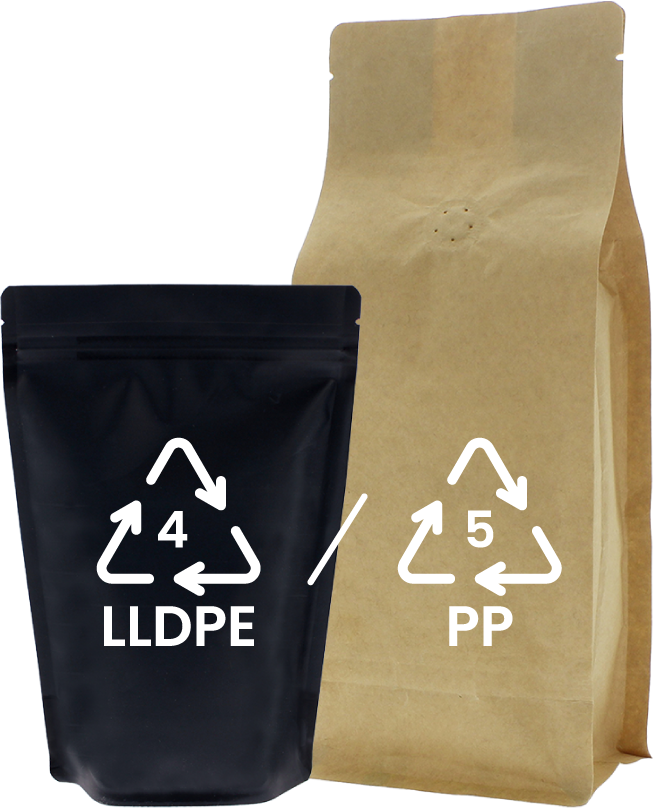
New EU requirements for packaging (PPWR)
The EU is introducing new rules step by step over the coming years to make packaging more sustainable. Below are the main milestones.
PPWR
The new EU rules fall under the Packaging and Packaging Waste Regulation (PPWR), a revision of the current Packaging Directive. The goal is to reduce packaging waste and to stimulate reuse and recycling. PPWR is a key step towards a circular economy for packaging in the EU.
From 12 August 2028
- Compostable exceptions – Only specific products such as tea bags, coffee pods and stickers on fruit/vegetables may be industrially compostable.
From 1 January 2030
Recycled content in plastic packaging:
Recycled content in plastic packaging:
- 30% recycled PET in contact packaging (except beverage bottles)
- 10% recycled in other plastic packaging
- 30% recycled in single-use beverage bottles
- 35% recycled in other plastic packaging
- Design and empty space: max 50% empty space in shipping and transport packaging (including void fill)
Reuse:
- 100% reusable transport between sites within one country
- 40% of other transport packaging in the EU must be reusable
- Grouping boxes: at least 10% reusable
From 1 January 2040
- Recycled content rises to 50–65% (depending on the packaging type)
- Grouping boxes: at least 25% reusable
Exceptions
There are no reuse obligations for packaging in direct contact with food, medicines, hazardous substances, cardboard, and heavy goods.
Example
Do you pack coffee in a stand-up pouch from PouchDirect? Then it counts as food-contact packaging. That means no reuse obligation, but other obligations still apply, such as the required recycled content from 2030 and correct labelling from 2028.
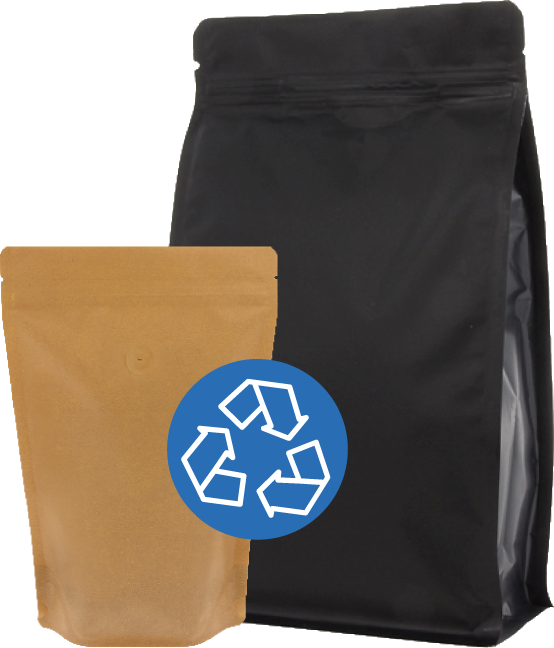

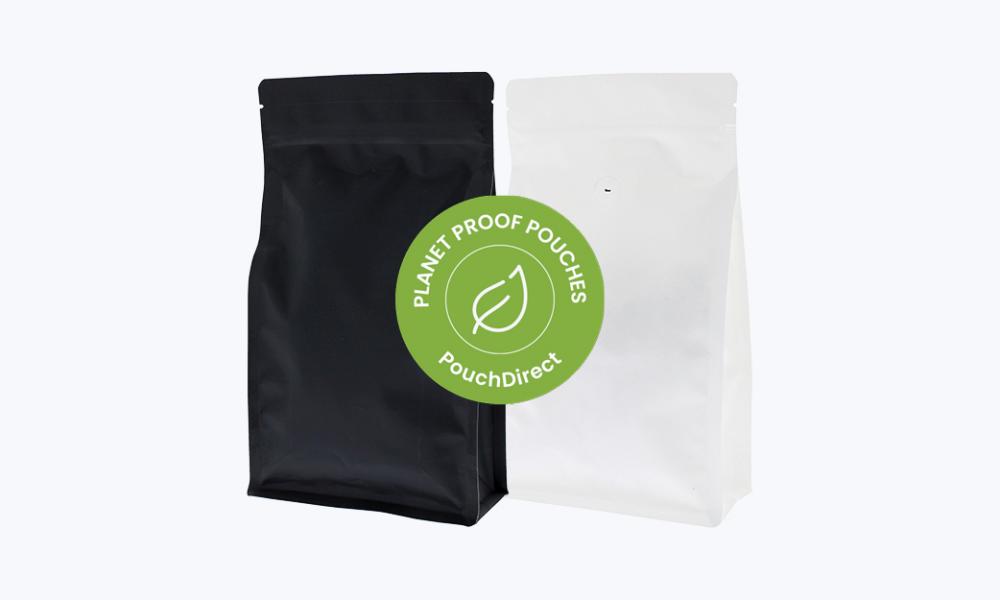

Labelling and consumer information
The rules change in the coming years:
- 2028: Clearly indicate on every pack which material is used.
- 2029: Reusable packaging gets a special label and a QR code.
- Compostable packaging, deposit packaging and packaging with hazardous substances get extra markings.
Tip: Choose labels made from the same material as the bag, so your packaging remains fully recyclable.
Extended Producer Responsibility (EPR)
Producers contribute to:
- Collection, sorting and recycling of packaging
- Consumer information
- Research into waste streams
Each country will have national registers (such as LUCID in Germany) in which companies must register.
Want to know more or have questions? Contact us - we'll be glad to help!







